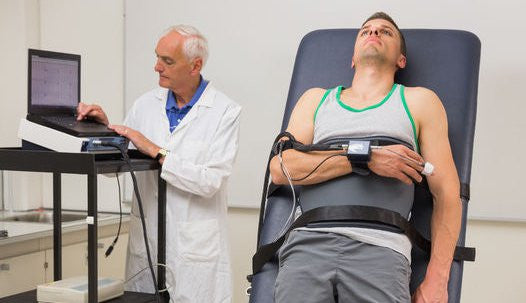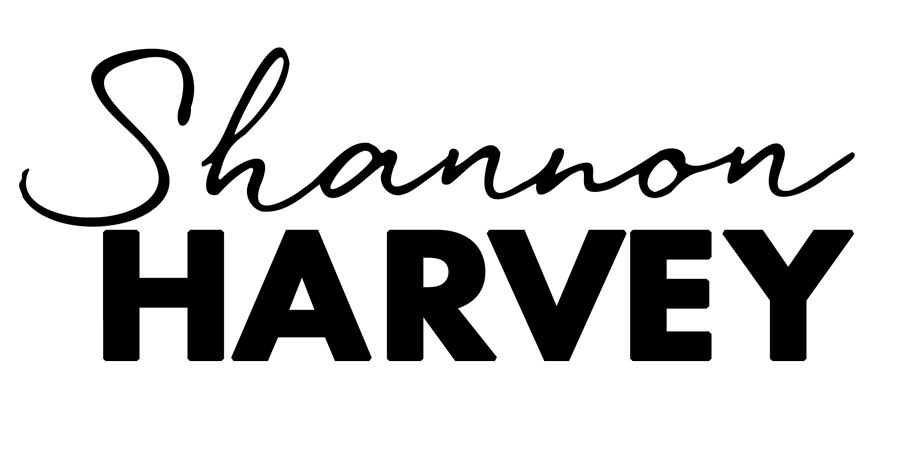
You may be familiar with research showing that highly trained Tibetan monks are able to control their body temperature by using the power of their mind, even to the point they are able to dry wet blankets with their body heat. This was first recorded by Dr. Herbert Benson, one of the world’s leading scientists in mind body medicine who I interviewed for my film The Connection. In the 1980s Dr. Benson showed that meditating monks could increase the temperature of their fingers and toes by as much as 8.3 °C and other researchers have since found similar results.
The findings are an extraordinary demonstration on the complexity of the mind body connection. It indicates that the systems we think of as automatic in our body such as the heart beating or our lungs breathing may be able to be influenced by conscious thought. I suspect it’s been largely overlooked because the intense mental training the monks have undergone would be difficult to apply to ‘real world’ settings.
Here is a short clip from Dr. Benson talking about his early research into meditation, the physiological changes that occur and his discovery of the Relaxation Response.
But this week, I was stunned to come across research showing that untrained people are also able to consciously influence physical functions thought to be operating in the automatic, unconscious systems of the body. It turns out that it's not that hard.
Professor Ellen Langer from Harvard wondered if people could consciously control their heart rate after simply measuring it regularly for one week without any instruction, training, or prior experience in mindfulness or heart rate moderation techniques.
Participants were assigned to one of four groups:
After a week the participants were brought into a lab and told to not to intentionally change muscle tension or breathing and asked to ‘use your mind to change your heart rate.’ The results were amazing. Both the Stability group and the Moderate Attention group weren’t very good at increasing their heart rate. But the High Attention group did significantly better.
It’s interesting that Langer and her team conducted a mindfulness test on the participants based on a scale Langer has developed to measure the degree in which a person is naturally mindful. Those who scored the highest on the mindfulness scale were better at raising their heart rate and had greater control of their heart rate regulation. Langer points out in her book Counter Clockwise, that her research doesn’t show how they did it but that the findings highlight the potential effects that the act of paying attention can have on our health. Through this biofeedback experiment, we see that people learn to change their physical function simply by paying regular attention to fluctuation. Langer writes, “The High Attention group, told to notice change, were simply exposed to conditions that would foster learning.”
For me the other significant take home message from this study is the simplicity of the technique used to evoke mindfulness in the participants. By having them regularly measure their heart rate, the participants were learning focused attention, which lead to an intuitive ability to influence their body’s functions. I’ll be turning my own mind towards investigating ways I can actively start using the simple act of regular measurement to create self-awareness.
If you want to learn more simple, evidence based techniques that you can use to affect your body and improve your health then you can watch my feature documentary, The Connection.





 The Connection (DOWNLOAD-TO-OWN)
The Connection (DOWNLOAD-TO-OWN) My Year Of Living Mindfully - Book
My Year Of Living Mindfully - Book




